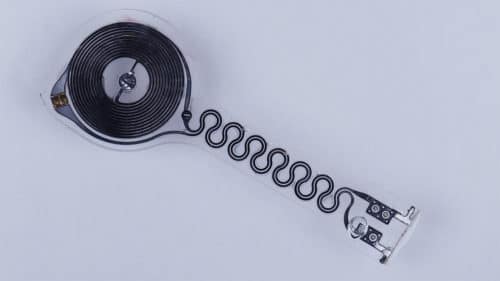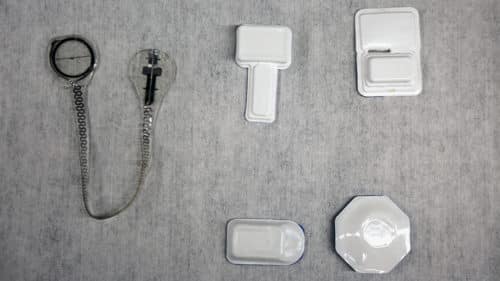Researchers from Northwestern University have unveiled a new, smart version that is connected to a network of soft, flexible, wireless sensors and control units that are put around the upper torso.


The multiple sensors present in the system communicate with one another to keep track of the body’s numerous physiological activities, such as body temperature, oxygen levels, respiration, muscle tone, physical activity, and the electrical activity of the heart. The device then uses algorithms to assess this combined activity in order to detect aberrant cardiac rhythms on its own and determine when and at what rate to pace the heart. All of this data is sent to a smartphone or tablet, allowing doctors to keep an eye on their patients from afar.
“This approach could change the way patients receive care providing multimodal, closed-loop control over essential physiological processes — through a wireless network of sensors and stimulators that operates in a manner inspired by the complex, biological feedback loops that control behaviors in living organisms,” says John A. Rogers (Louis Simpson and Kimberly Querrey Professor of Materials Science and Engineering, Biomedical Engineering, and Neurological Surgery)
Patients who require temporary pacing after heart surgery or who are awaiting a permanent pacemaker can benefit from the novel transient pacemaker and sensor/control network. The pacemaker gets its power from a network node, which is a small wireless device that is softly attached to the patient’s chest. External hardware (or leads), like as wires, is no longer required with this technology.
After a time of use, the pacemaker degrades naturally in the body. It now distributes an anti-inflammatory medication to avoid foreign-body reactions as it dissolves slowly and painlessly. The device’s ability to offer pacing on-demand, based on when the patient requires it, is perhaps the most significant advancement. The chest-mounted cardiac module, which is synced with the pacemaker, records an electrocardiogram in real time to monitor heart function.
Click here to access their study. Click here to view their demo on YouTube.







